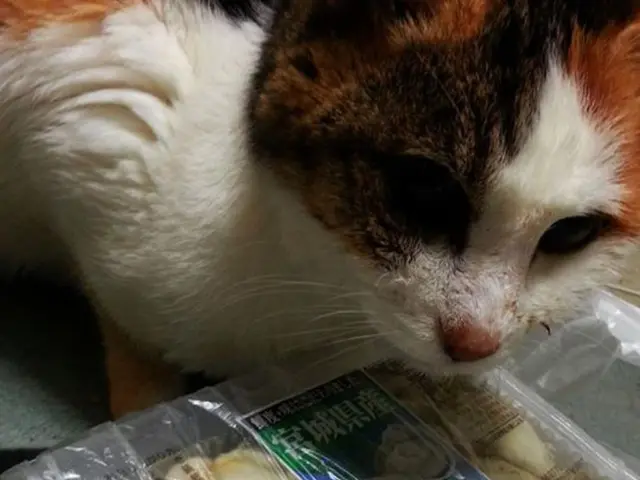Research Indicates Household Cats Turn Domesticated in Response to Food Rewards
Your furry companion, a seemingly docile purring ball of fur, carries the DNA of a wild predator deep down. Unlike your loyal canine companion, who's been by your side for at least 30,000 years, domestic cats have only been living side by side with humans for about 9,000 years.
Scientists have been scratching their heads about what specifically caused these solitary hunters to become the cuddly companions we know today. Now, researchers from the Washington University School of Medicine have unlocked some secrets, shedding light on the genetic blueprint of domestication.
By analyzing the genomes of domestic cats and their wild relatives, they identified key genetic changes that explain why your feline friend prefers a chin scratch over a life in the wild. 13 specific genes caught their eye—genes that influence cognition and motivation. These genes help explain how cats developed the ability to learn new behaviors in exchange for food, a trait essential to domestication.
Cats, unlike their wild ancestors, have become more receptive to human interaction and reward-based learning. But that's not all. The researchers also identified 281 other genes that influence the physiological differences between domestic cats and wildcats. Some of these genes regulate fat metabolism, suggesting that house cats have evolved to survive on a diet that's less reliant on meat compared to their wild cousins.
This study challenges the common belief that dogs are the ultimate example of domestication while cats merely tolerate human presence. The genetic findings suggest otherwise. Cats have significantly more copies of genes related to detecting sex hormones than dogs, giving them a heightened ability to monitor their social environment, an unexpected twist given their reputation as independent creatures. Meanwhile, dogs outmatch cats in their sense of smell, possessing a greater number of smell receptor genes.
So, what does this all mean for your cat today? The study reinforces the idea that cats have adapted to coexist with humans, not by becoming totally dependent like dogs, but by evolving specific traits that allow them to thrive in human environments. The next time your cat kneads your lap or brings you a “gift” from outside, remember: it’s all part of a long evolutionary journey that started thousands of years ago, when wildcats first set foot near human homes.
Your feline friend may have a wild past, but it has chosen you. And in the world of cats, that's the highest honor you can get.
Reference: Live Science
Enrichment Data Insight:- Cats have undergone key genetic changes, particularly in the androgen receptor gene, which influences behaviors and physiology compared to their wild counterparts. The short-type androgen receptor gene is associated with increased purring and vocalization toward humans, while the long-type appears unique to domestic cats.- Domestic cats have evolved unique behavioral traits, such as increased human-directed vocalization and purring, due to these genetic changes associated with domestication and selective breeding.- Female domestic cats with the short-type gene show higher stranger-directed aggression, indicating that domestication has altered the expression of aggressive tendencies in certain contexts.- Modern domestic cats remain genetically very similar to African wildcats, their wild ancestors, despite the behavioral differences observed.
- The genetic blueprint of domestication in cats, as revealed by researchers at the Washington University School of Medicine, includes changes in specific genes that have led to increased human-directed vocalization and purring, making cats more receptive to their owners.
- In the world of pets, cats have adapted through domestication and selective breeding, developing unique traits that allow them to thrive in human homes while maintaining a connection to their wild African wildcat ancestors, as suggested by the enrichment data insight.








